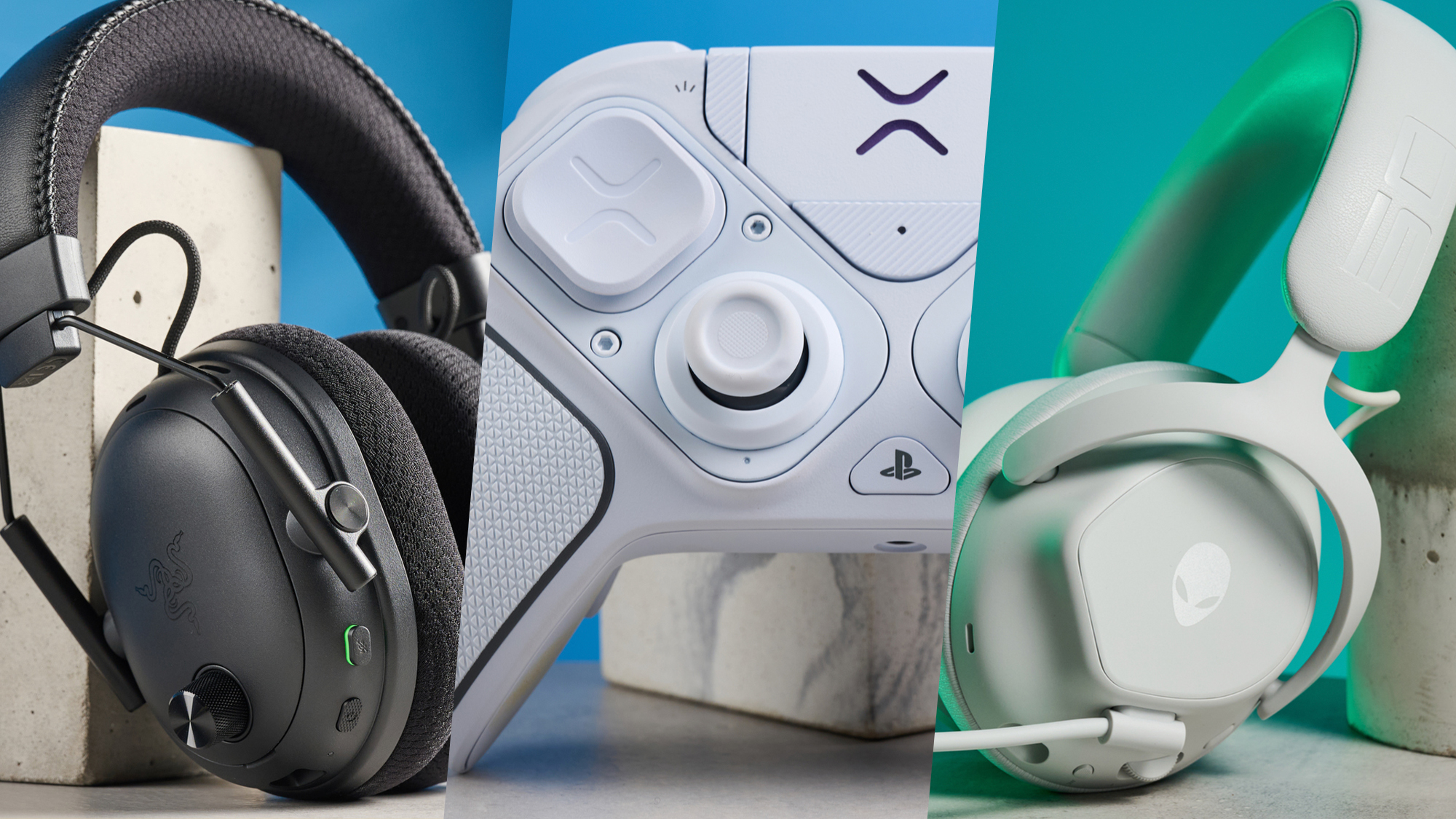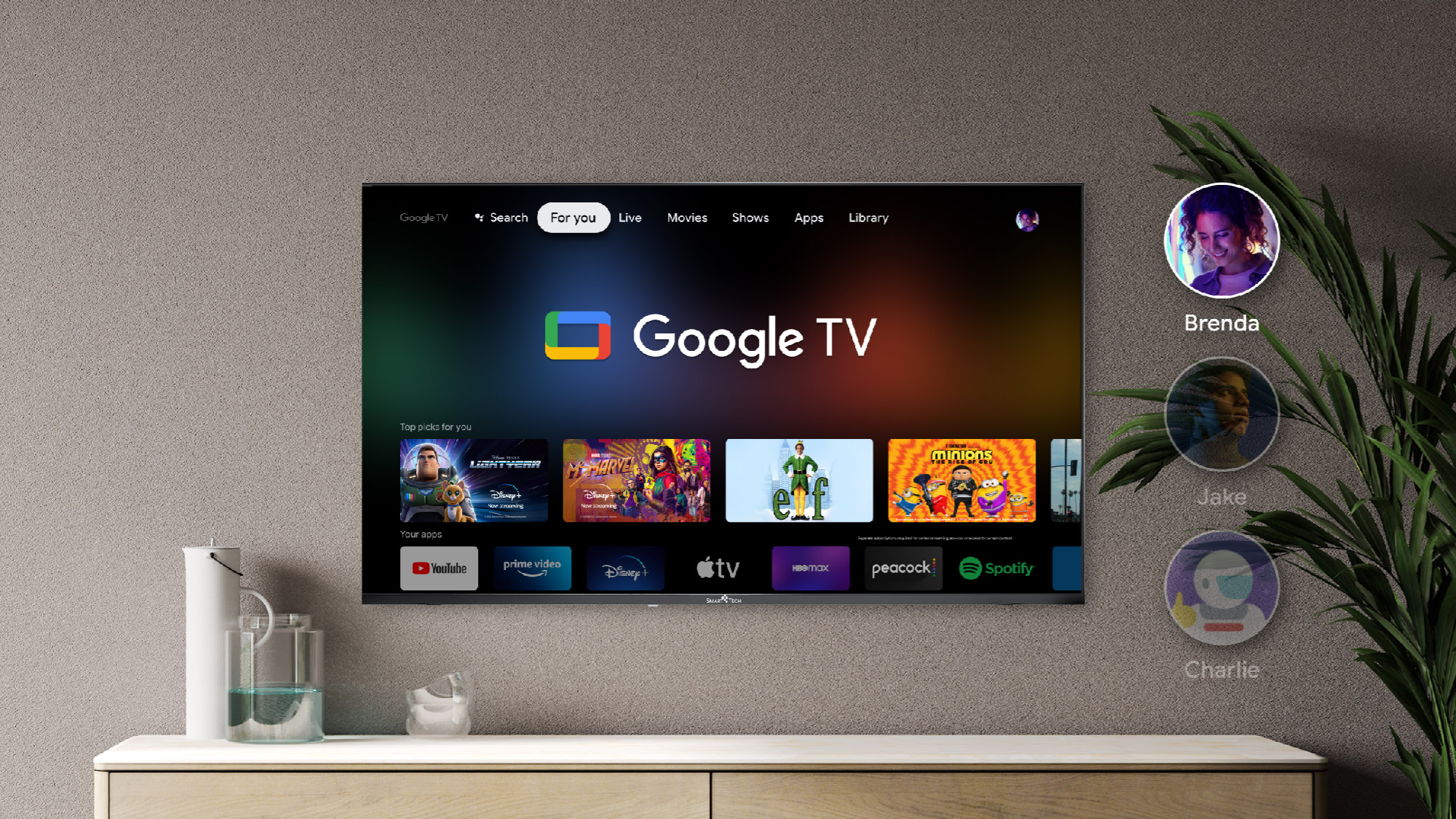
The TV OS landscape is changing and Google is at the forefront. Its smart platform, Google TV, can be found in many of the best smart TVs , and its grip on the market is getting tighter. According to a recent blog post by the tech conglomerate, Google now claims that it's corralled 270 million active monthly users.
In the face of major competitors like Roku, Samsung's Tizen, LG’s webOS, and Amazon's Fire TV, Google is seemingly on a fast track to ultimate dominance. While it doesn’t make its own TVs, Google’s interface has nevertheless found a home in some of the best TVs from Sony, Hisense, and TCL — not to mention in a slew of streaming devices.
But can its reign be squashed? With newer TV interfaces on the rise (like the recently announced Whale TV OS) and popular players holding strong (like Roku), Google TV’s star power is being challenged. So far, it hasn't faded.
Let’s see how it currently stacks against the competition.
Google TV vs Roku and Samsung’s Tizen
In February, Samsung announced as much as 22.7% control over the OLED TV market. Samsung challenged major players like LG and Sony on its way to claiming 1.01 million units sold through 2023.
This would mark 18 consecutive years of its continued success as leader in the global TV sector, giving Samsung's smart TV interface, Tizen, quite the push into millions of users' homes.
It’s unclear exactly how many users it currently has, as Samsung is typically tight-lipped about such numbers. The last reported data is from a blog post dated 2022 that claims “around 200 million people from 197 countries are using Samsung smart TVs powered by Tizen.” Since then, we can infer that the number has gone up significantly, given Samsung’s track record in sales.
Get instant access to breaking news, the hottest reviews, great deals and helpful tips.
In July of this year, Samsung put out a similar blog post that noted 270 million Samsung smart TVs running Tizen OS, but it’s unclear if this pertains to active users. Clearly, Tizen is neck and neck with Google TV, and that stems largely from Google’s business strategy of delivering not just TV-based interfaces, but of set-top boxes, too.
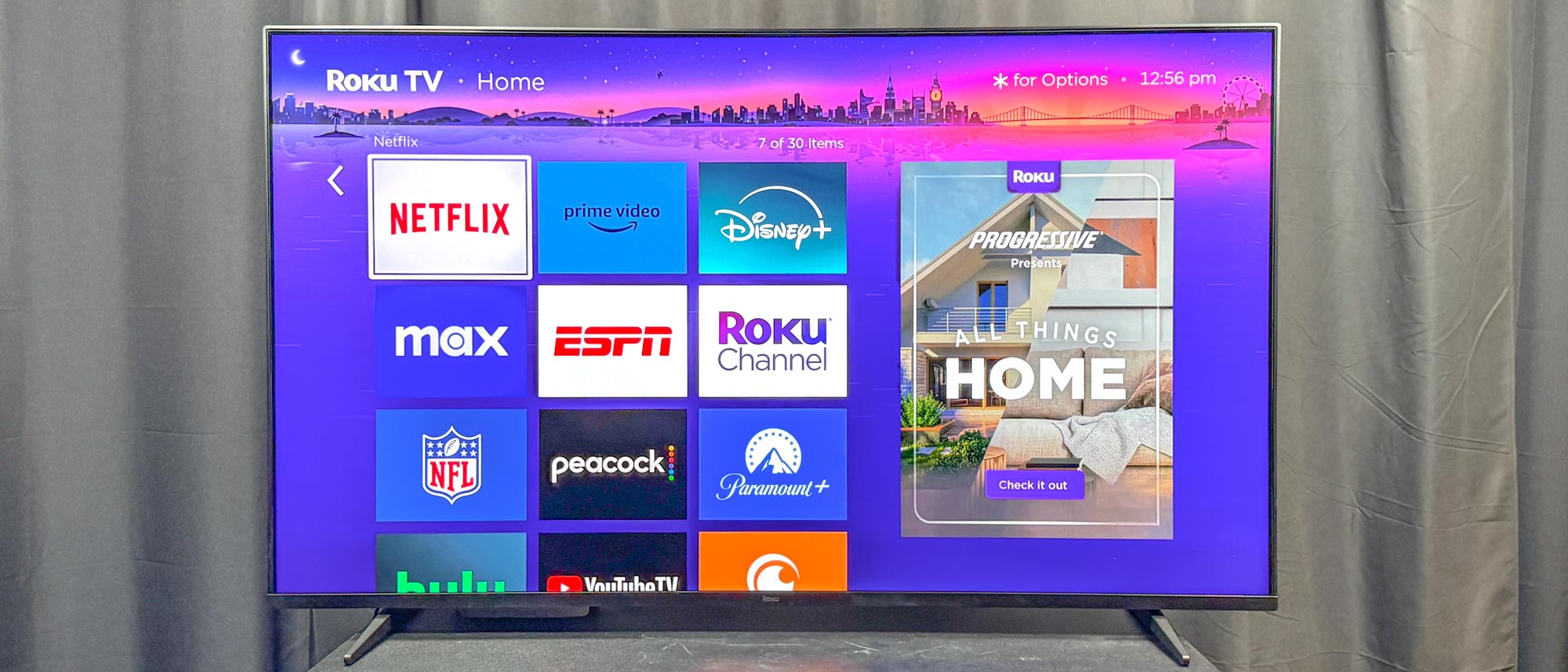
Recently, both Google and Roku announced new additions to their streaming lineup in the Google TV Streamer and Roku Ultra (2024). These devices will pad the numbers of the brands' ever-growing userbase. Roku is even serving up its own in-house TVs to rival TCL and Hisense, like the recently released Pro Series Mini-LED TV.
In February, Roku announced that it had surpassed 80 million active accounts. The brand has lost big to both Samsung and Google in recent years, with Google gaining significant ground in 2021, when it added its own 80 million active accounts. Roku hasn’t exactly helped itself, either, with data breaches affecting thousands of its users earlier this year.
The race between Roku vs Google TV is a close one. For all of its faults, Roku enjoys a loyal customer base, which helped it rake in almost $3B in revenue last year, per Bloomberg’s Mark Gurman. Google might be at the top of its game, but it’s not the only one reaching for the stratosphere.
Other major players on the rise against Google TV
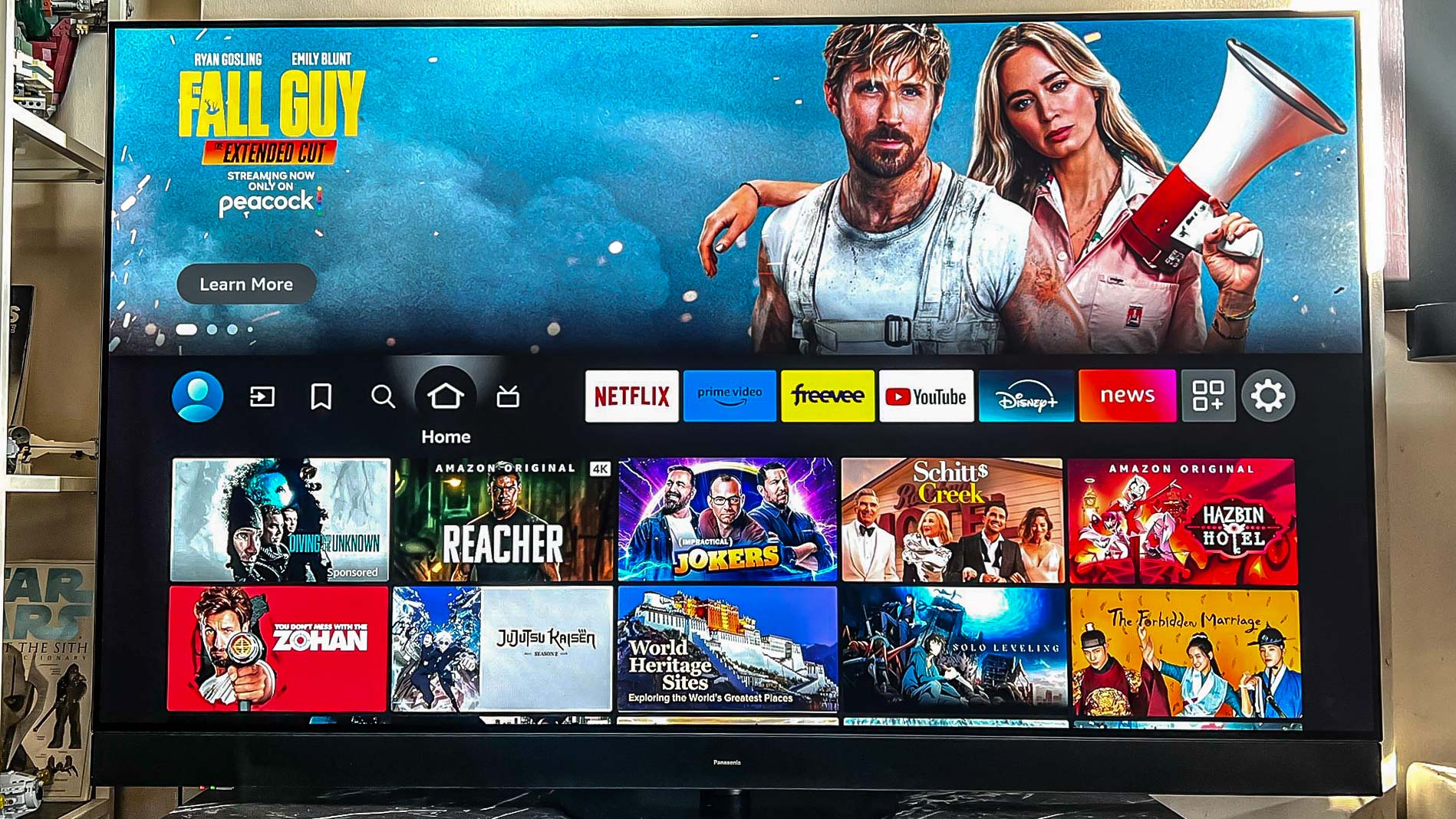
As maker of some of the best OLED TVs, LG and its webOS ecosystem are the perfect foil for Samsung’s Tizen and Google TV. LG mostly keeps mum about its active monthly users, but in a Q1 2024 blog post, it announced that webOS powers as many as 200 million LG TVs globally.
In January, LG announced a solid policy on keeping its webOS interface fresh for years to come. This so-called Re:New program aims to keep several of the best LG TVs regularly upgraded with newer features. The program focuses primarily on TVs dating back four years, and many of the best and latest upgrades can only be found on newer displays among the LG 2024 TV lineup.
And then there’s Amazon’s Fire TV. Like Google TV and Roku, Fire TV can be found across a wide swath of devices and displays. In a surprising turn of events, Panasonic recently returned to the US TV market, and its interface of choice is Fire TV. This makes Panasonic OLEDs the first to leverage Fire TV. The flagship Panasonic Z95A OLED TV, for instance, is a brilliant new addition to the market, and could add fuel to the competitive fire. Currently, all we know is that Fire TV claims more than 50 million users, and this was last reported in 2021.
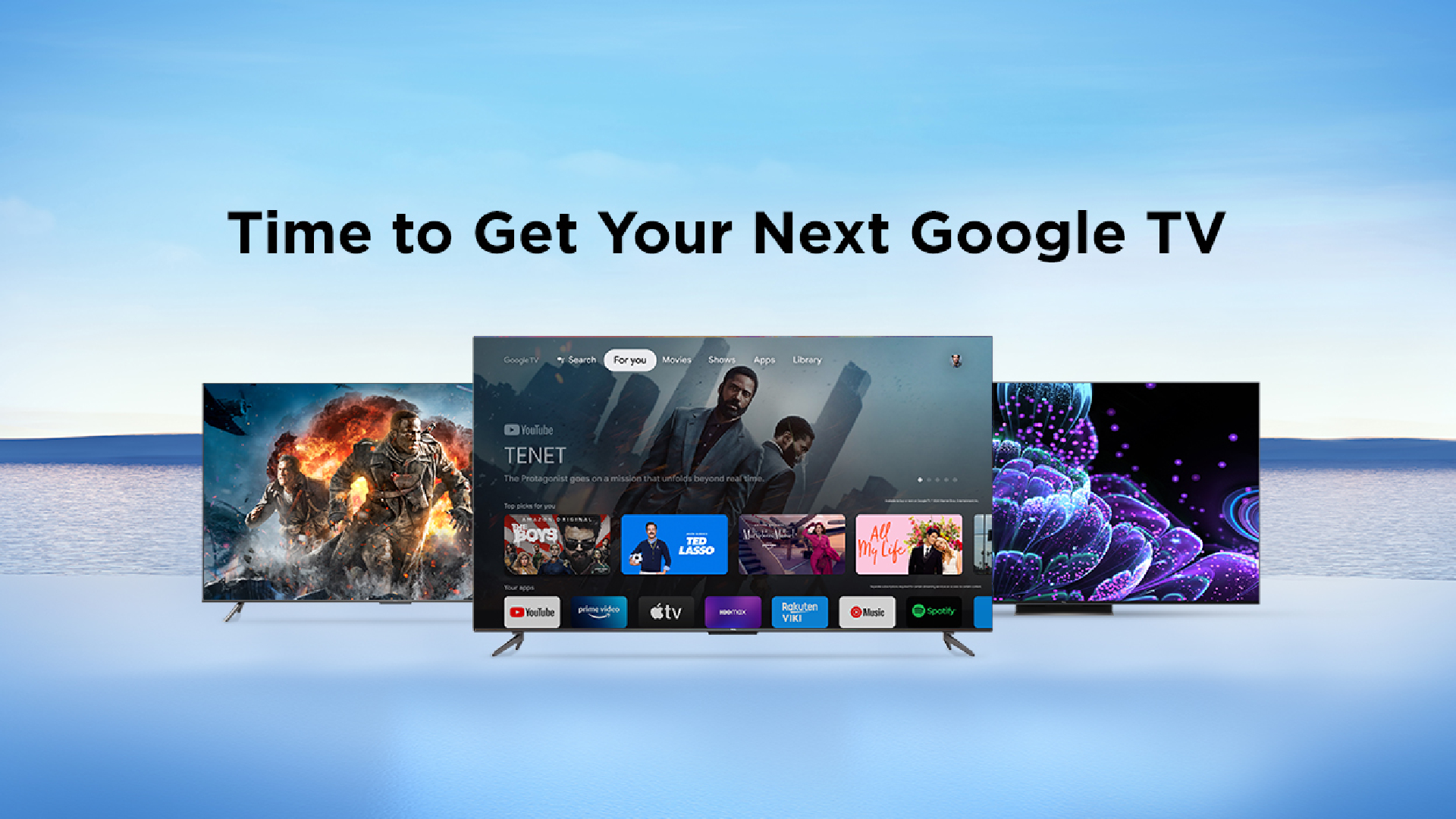
A 2024 report from Statista asserts that Fire TV had as many as 69.7 million users in 2022 (against Apple TV’s mere 26.7 million). To be clear, Apple does not disclose these numbers, and it’s hard to know how accurate they are without any official data. However, this alone should highlight the sheer breadth of Google’s dominance in the world of TV interfaces.
Meanwhile, newer players like the aforementioned Whale TV could prove to be a wrinkle in Google’s plan. Thus far, the Linux-based interface — previously Zeasn — is only available on Sharp, Philips, and Vestel TVs, which are primarily available in regions outside of the US. According to StreamTV Insider, it “currently powers 41.1 million monthly active TVs.”
Google is in an advantageous position right now. Its wide availability, along with the launch of its brand new Google TV Streamer device (which we rated quite highly in our review), makes it a tough challenger to overcome.
Samsung and LG seem the closest to toppling Google, but who knows? Perhaps one day, Fire TV (or even Roku) will be seen as the David to its Goliath.
More from Tom's Guide
- Looking to upgrade your TV for the PS5 Pro? Here's where to start
- Nintendo Switch 2 leaks reveal new design and big news on specs
- Panasonic Z95A vs Samsung S95D: Which OLED TV should you buy?

Ryan Epps is a Staff Writer under the TV/AV section at Tom's Guide focusing on TVs and projectors. When not researching PHOLEDs and writing about the next major innovation in the projector space, he's consuming random anime from the 90's, playing Dark Souls 3 again, or reading yet another Haruki Murakami novel.
